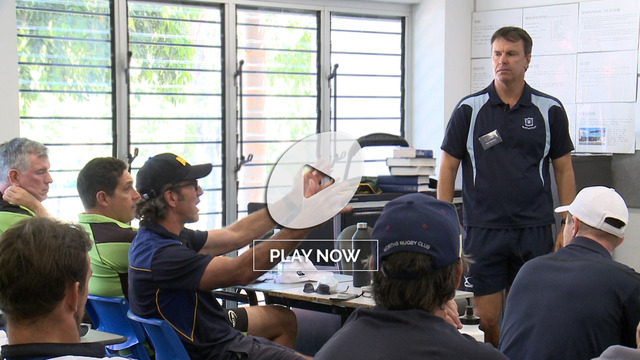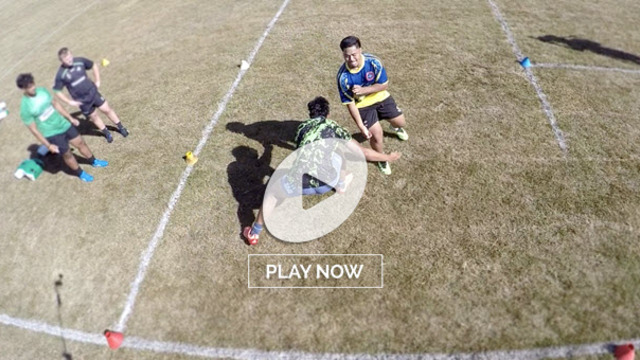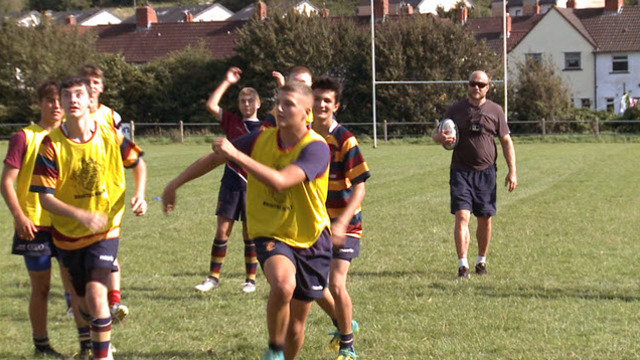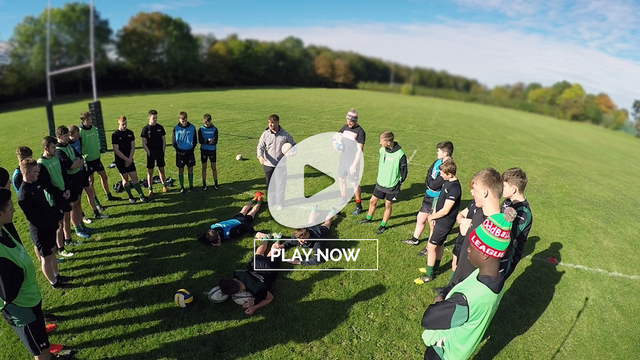Sport has its trends like most phases of modern life and the hot item in the northern hemisphere right now is rugby league. In both attack and defence, rugby league formations are being adopted more and more, and I have some doubts as to their merit.
Get the FREE Wayne Smith ‘catch & pass activities’ module
It could be argued that one big reason for all the southern hemisphere victories in Britain in recent weeks lies in their defensive superiority. All the southern hemisphere teams adopt variations on the traditional union drift style of defence. Argentina have been particularly effective at it during the international season.
They may push up in the middle of the pitch, even rush sometimes, but outside they hold off and drift. Southern hemisphere defenders stalk the attackers and force them into making decisions. The centre and wings in the outside channels hold their positions for as long as possible before they commit.
This in-to-out defence allows teams to recover. If you can hold the attacker and make him think, something the likes of Conrad Smith or the Stormers are particularly good at, then it buys time for others to get across and help out.
But some northern hemisphere sides are employing a rugby league style of out-to-in defence and it is causing them problems. It may have some success at club level but, the higher the grade of rugby, the better players are at picking off this style of defence. If you rush someone on the outside with the skill of a Berrick Barnes or an Israel Dagg then you are in big trouble if they get the ball away.
When players shoot up and jam in on the outside, as England are currently doing, then you make the attacker’s mind up for him. And if the defensive wing is outnumbered, as he frequently is, then he has to have created a hole either on his outside or his inside. The good player will find it.
The other significant problem this defence can create is the space it leaves in behind for the chip kick. The wings cannot cover any of it, because they are pushed up and in. So it puts an enormous burden on the defensive scrum-half or blindside wing to cover a lot of pitch. They had better be super fit and super smart if you want to use the rugby league style of defence.
Get the Wayne Smith ‘Building a backline’ module now
As an aside I have also noticed that the southern hemisphere sides like to get their best ball carriers – the wings or the back row to take the ball up in midfield. The northern hemisphere gives far too much ball to their front five who do not have the speed or quickness of feet to win many of the collisions or keep the ball alive at the tackle. The result is a preponderance of slow ball, a lack of penetration and a high number rucks formed for little gain.
But it is not only in defence that teams are becoming beguiled by rugby league methods. Almost every team in the world now gets their fly-half to pass to a man coming from deep behind a couple of decoy runners. Those decoy runners frequently obstruct the defenders at least visually, and very often physically.
This is something I would like the IRB to clarify. When the Aussies first brought this trend across from rugby league, the receiver had to catch the ball outside the line of the decoy runners. If a player caught the ball before being on the outside of the decoys, it was a penalty. The receiver is now carrying the ball behind the decoy runners, almost like a running back following a blocking fullback in American Football.
Very often the decoy runners are grabbing defenders and getting away with it. As a defence coach I get very upset about it. I would like the IRB to look at it and I would like it to be outlawed before my stats are ruined for good!!!





















